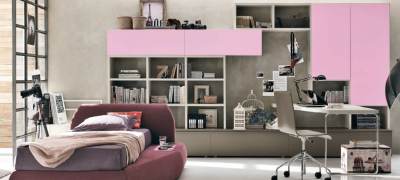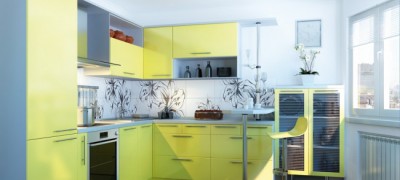Wood furniture paint
Finishing wood furniture is designed to create a decorative protective coating on its surface. For this purpose, a special paint for furniture made of wood or varnish is used, which is applied to the wooden surface with a thin layer, improving its appearance. Exterior finishes can accentuate the texture of the wood or, conversely, change its color.
Over time, under the influence of external environmental factors, paint and varnish coatings begin to fade, lose their shine, and fade. The consequences of the natural aging process can be eliminated by restoring wooden furniture by painting it again. But first, let's get acquainted with the rules for preparing wooden products for painting and learn how to make the right choice of paint.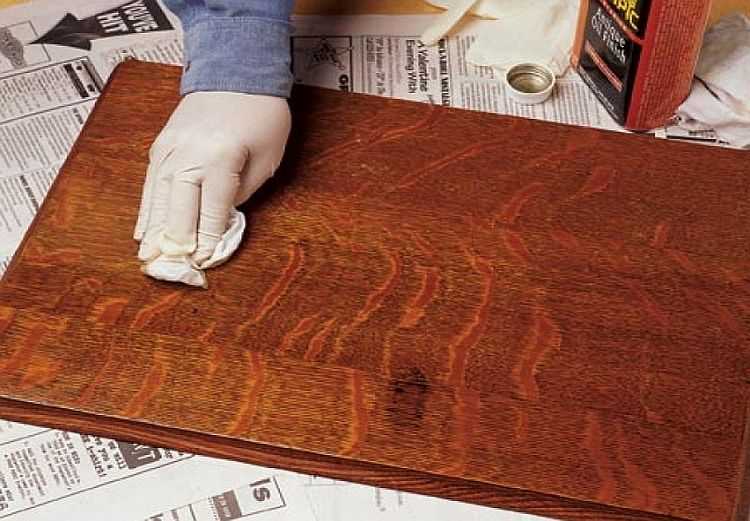
Types of paints for wooden furniture
There are three ways to finish wood products or their elements with paint:
- opaque;
- transparent;
- artistic way.

In accordance with the selected coating option, various types of paints and varnishes are used.
An opaque finish can be obtained using water-based, alkyd, acrylic, oil enamels and paints. For a transparent finish, colorless dyes are used - varnishes on a nitrocellulose or polyester base, paints using organic solvents, water-soluble, silicone dyes. Artistic finishing is performed by combining materials with different shades, adding decorative elements or inlays.
Transparent
Paints and varnishes that are used to cover wooden furniture elements differ in their properties, characteristics, composition and purpose. If, as a result of processing, it is required to preserve the structure of the tree, to express its texture, then transparent coating agents are used. Manufacturers today offer a wide variety of colorless paints or coatings with little added pigments.
If necessary, by mixing such materials, you can diversify shades, achieve brighter, more saturated tones. Colorless paints are represented by such materials as varnish, wax, stain, glaze, impregnation.
They are united by the following properties:
- emphasize the structure of the wood without hiding it, giving it more expressiveness;
- protect the surface from ultraviolet radiation, preventing fading and cracking;
- they allow air and moisture to pass through well, preserving the ability of the wood to breathe, and do not allow it to dry out.

All transparent materials give expressiveness to the furniture.
Water soluble
Now, the most popular among consumers are water-based paints. This choice is facilitated by a number of features of such dyes:
- odorless wood furniture paint;
- resistance to light and temperature fluctuations;
- increased moisture resistance and vapor permeability;
- easily change color, its saturation and shade by adding coloring pigments;
- good elasticity, which facilitates easy application to the element to be painted;
- are multipurpose, can be glazed, covering, glossy, matte.

Organic solvent paints
Solvent-based varnishes and paints contain volatile organic matter that evaporates as the paint dries. The most common solvent used in the production of such dyes is refined kerosene. Substance, sufficient, toxic and flammable, emitting an unpleasant, pungent odor.
There are two main types of paints based on organic solvents:
- Alkyd paints. The binder of the dye is alkyd resins. They are a viscous substance obtained by mixing organic acids with vegetable oils, followed by thermal treatment. Alkyd paints are used for painting various surfaces, including wood.
- Oil dyes. They are made using mineral oils or saturated resin oils, as well as on the basis of their mixture. The composition of oil paints contains a small amount of volatile compounds, since oils practically do not need solvents.

Organo-soluble paints differ in the drying time; when working with them in closed rooms, respirators should be used. At the end of the painting, the room requires long-term ventilation.
Acrylic paint
Acrylic paints are especially popular, due to the mass of their advantages. They are made on the basis of acrylic resins, water is used as a solvent.
The main advantages of the material include:
- excellent adhesion to wood surfaces;
- the paint contains antiseptics that prevent the formation of mold and the growth of fungus;
- have dirt and water repellency, which greatly facilitates the maintenance of painted surfaces;
- various gamut of colors and shades, contributes to the embodiment of any design solutions;
- ecological components are used in paint production;
- does not contain volatile, toxic substances, dries quickly;
- for a long time, the painted surfaces remain unchanged, not succumbing to atmospheric influences.
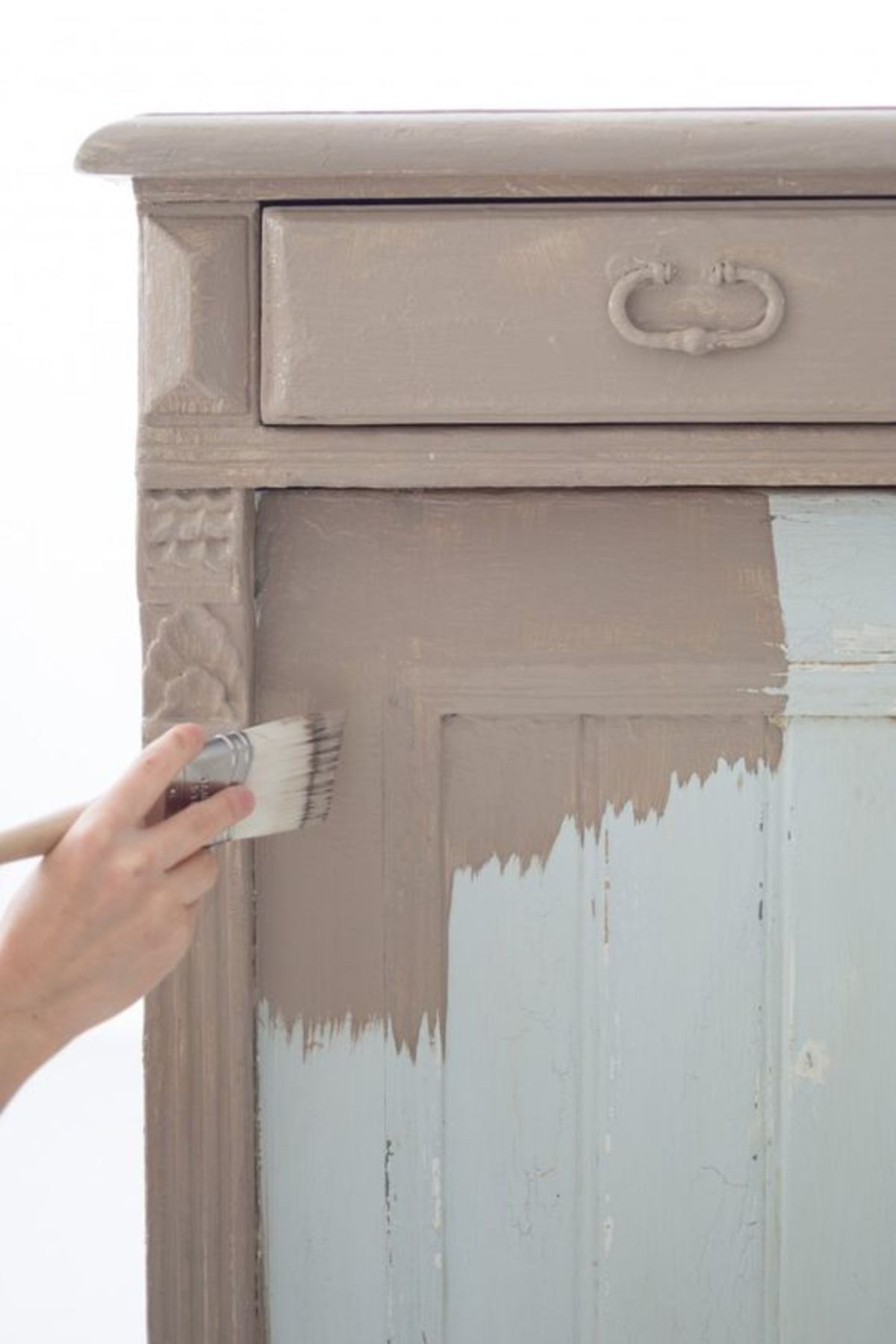
Latex based water-based paint
Latex water-dispersion suspensions contain microparticles of synthetic latex and emulsions with fillers. Latex paints are highly versatile due to their high adhesion and deep penetration, especially in wood materials.
The main advantages of latex emulsions:
- odorless paint for wooden furniture;
- forms on the surface an ultra-thin, super breathable film with water-repellent and antistatic properties;
- thanks to antiseptic substances in its composition, the paint perfectly resists mold and fungi;
- excellent elasticity of the composition, when painting it is easy to apply to the surface, covering not only small cracks, but also scratches with a depth of 1-2 mm;
- dries quickly after staining.
The main disadvantage of latex paints is their lack of lightfastness and fading.
Silicone water-based paint
Silicone water-borne paints are made with acrylic-silicone copolymers. This slurry is a very resistant material. Furniture coated with this dye will significantly increase its lifespan, especially in damp rooms.
The main advantages of silicone-based paint:
- increased moisture resistance and film strength;
- excellent steam conductivity;
- the presence of copolymers increases the elasticity of the material;
- low sensitivity to light and burnout;
- effective antiseptic;
- antistatic properties help to repel dirt;
- during operation, it does not crack or swell.
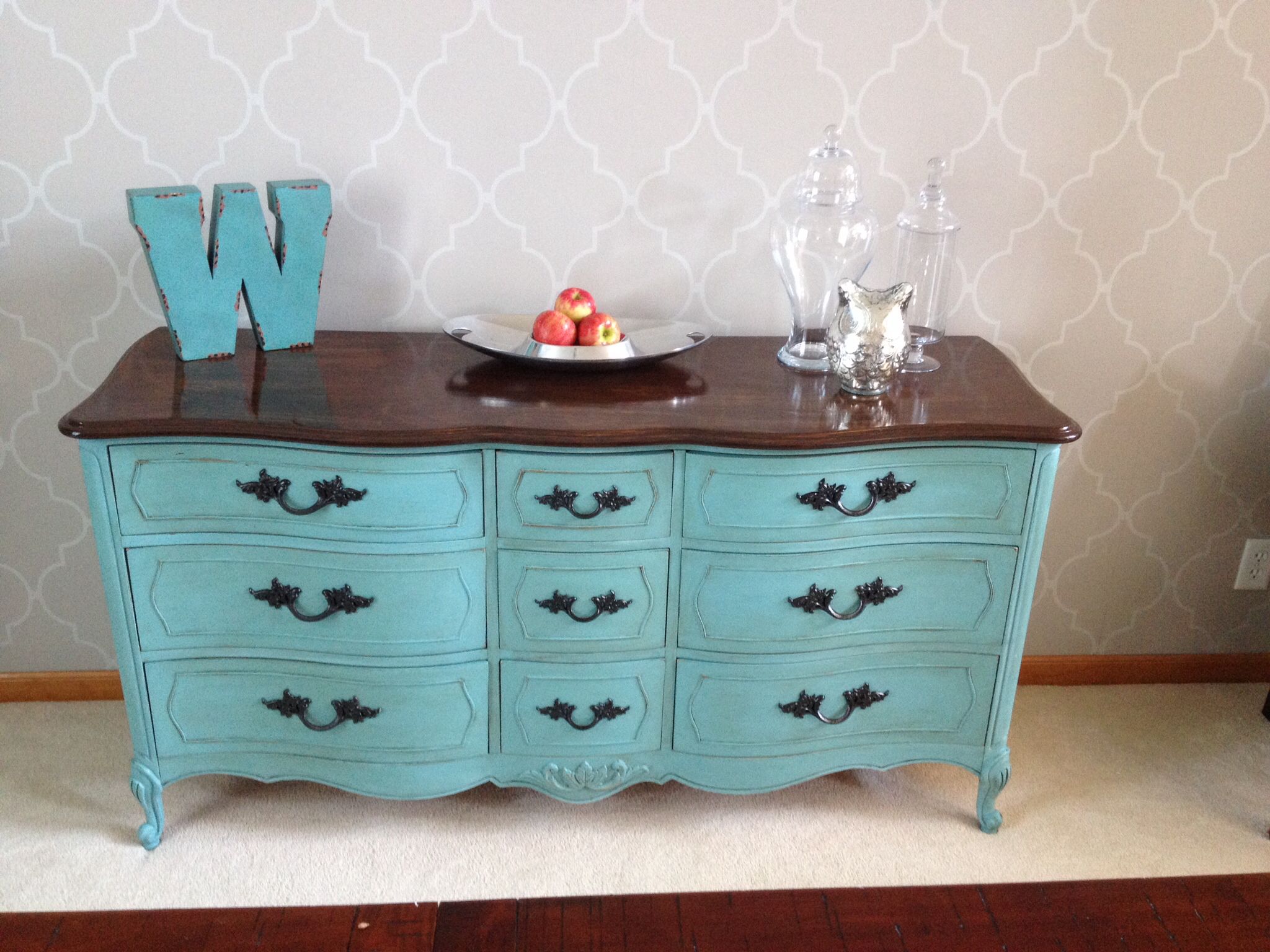
How to choose the right paint
When old but sturdy furniture has lost its former luster, it is not necessary to think about purchasing a new headset, it is better to think about buying paint and restoring the old one. Thus, you kill two birds with one stone - give a second life to your favorite furniture and save money.
What you need to know when choosing paint for wood:
- where and in what conditions the furniture was used;
- the type of wood of the furniture element;
- the ability to apply paint again;
- the type of paint of the original coating.
Since we are talking about furniture, which is usually found in residential premises, then when choosing a dye, give priority to odorless products.
Type of material and furniture
We decided to paint the furniture, update its appearance, first decide what, in the end, you plan to achieve. For example, latex-based paint is suitable for giving vintage-looking furniture. This material is best suited for artificial aging of the surface, it will accentuate abrasions and small cracks.
Latex paint can give furniture a vintage look.
For the treatment of smooth surfaces exposed to external stress - oil paints. This type of paint is quite stable and can be used to paint tables, chairs, nightstands and other similar pieces of furniture.
Acrylic composition, most suitable for covering small areas, from which the surface becomes shiny and smooth. Acrylic paint is quite resistant to temperature fluctuations, has high wear resistance and moisture-repellent properties. Therefore, it can be used for painting bathroom cabinets, kitchen furniture, wardrobes.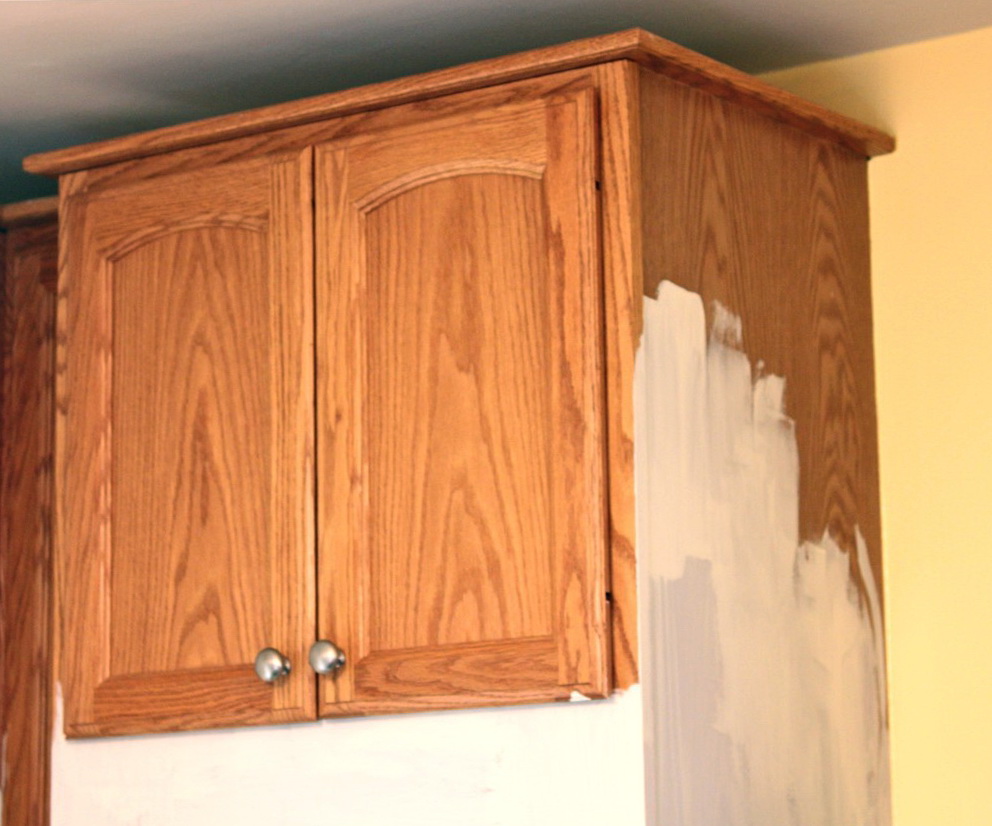
Re-staining
When re-painting, be sure to apply the same type of paint that was previously applied to the surface. How to determine without special expertise if information on this issue is hopelessly lost. Go over the old layer with sandpaper, if there are traces of paint on the paper, most likely it is one of the water-soluble emulsions. If the old coating crumbles after exposure to an abrasive, then we are dealing with alkyd or oil paint.
A conclusion on the old material can also be made by the age of its application. If more than ten years have passed since the last staining, then without a doubt, this is an oil-alkyd paint.
For re-painting, the prepared surface must be dry and thoroughly cleaned of grease, dust and soot, dirt. To return the furniture to its former look, take the time and qualitatively prepare its surface for applying paint.
Compatible with other coatings
In order for your wooden furniture to play again with its former freshness and shine, and its staining ended successfully, one important aspect should be taken into account. It is possible that re-painting will be carried out on a surface containing other materials: putties, enamels, primers. They will most likely have a different color and composition, that is, they may not be compatible with the chosen paint.
If you try to apply a new dye on an old coating that does not correspond to it, then the result is unlikely to be of high quality. Soon, cracks and bumps will appear on the fresh paint, it will begin to fall off. Then the painting process will have to be repeated and incur an additional waste of both time and money.
Features of odorless paint
Modern advances in the production of paints for wooden surfaces enable us to carry out paintwork without headaches and long-term airing of the apartment. Odorless paint is ideal for indoor use.
The composition of such paints includes environmentally friendly, harmless substances. To bond the elements in the suspension, mixtures of polymers, polyvinyl acetate and the like are used. In addition to the fact that such paints are odorless, they differ in a number of other features:
- after application to the surface, they dry very quickly;
- are intended, practically, for surfaces made of any materials;
- have a water and dirt repellent effect;
- excellent protection against mold and mildew;
- a varied selection of colors;
- have increased strength.
How to use paint correctly
Painting wooden furniture requires certain skills and time and is carried out in stages, taking into account some recommendations. For such work, paints and varnishes of various compositions can be used, depending on the desired result.
Before applying a protective and decorative coating, the surface must be prepared. At the same time, one should not forget that wood deforms very easily, so the work must be carried out carefully and without haste.
In the technology of painting elements of wooden furniture, the following stages are distinguished:
- Selection and preparation of tools.
- Preliminary preparation of the surface for painting.
- Coloring of products.
- If necessary, the surface is additionally processed, for example polished.
Preparing furniture for painting
When restoring furniture, the main stage of work is the preparation of furniture surfaces for painting. The final quality of the work directly depends on the quality of preparation, how well the paint will lay, how quickly it dries, how long the furniture will retain its updated state.
The preparation process can be schematically divided into the following stages:
- We dismantle fittings from furniture parts to be restored.
- We clean the surface, with a spatula, from a layer of old coating and dirt.
- Grind with fine abrasive paper.
- Deep scratches, irregularities and chips should be carefully filled.
- We clean the surface from dust.
- We apply a soil mixture to the product as a basis for painting. In addition, the primer acts as an antiseptic and protects the paintwork from the tannin released from the wood.
Painting process
Painting wooden furniture is a simple process, but it requires care. First of all, you need to arm yourself with a high-quality brush that will not leave loose hairs on the paint. Further, observing some simple rules, we painstakingly paint the surface of the product:
- the direction of movement of the brush should be along the grain of the wood;
- if it is necessary to apply a second layer of paint, start work only after the previous one has dried;
- exclude direct sunlight on freshly painted surfaces;
- for the surface to be smooth and uniform, no more than two layers of paint are enough;
- large areas are spray painted.
Drying features
Immediately after painting, wooden elements should be protected from external influences so as not to spoil the achieved results. It is necessary to dry painted furniture in a natural way at room temperature with a relative humidity of not more than 80%.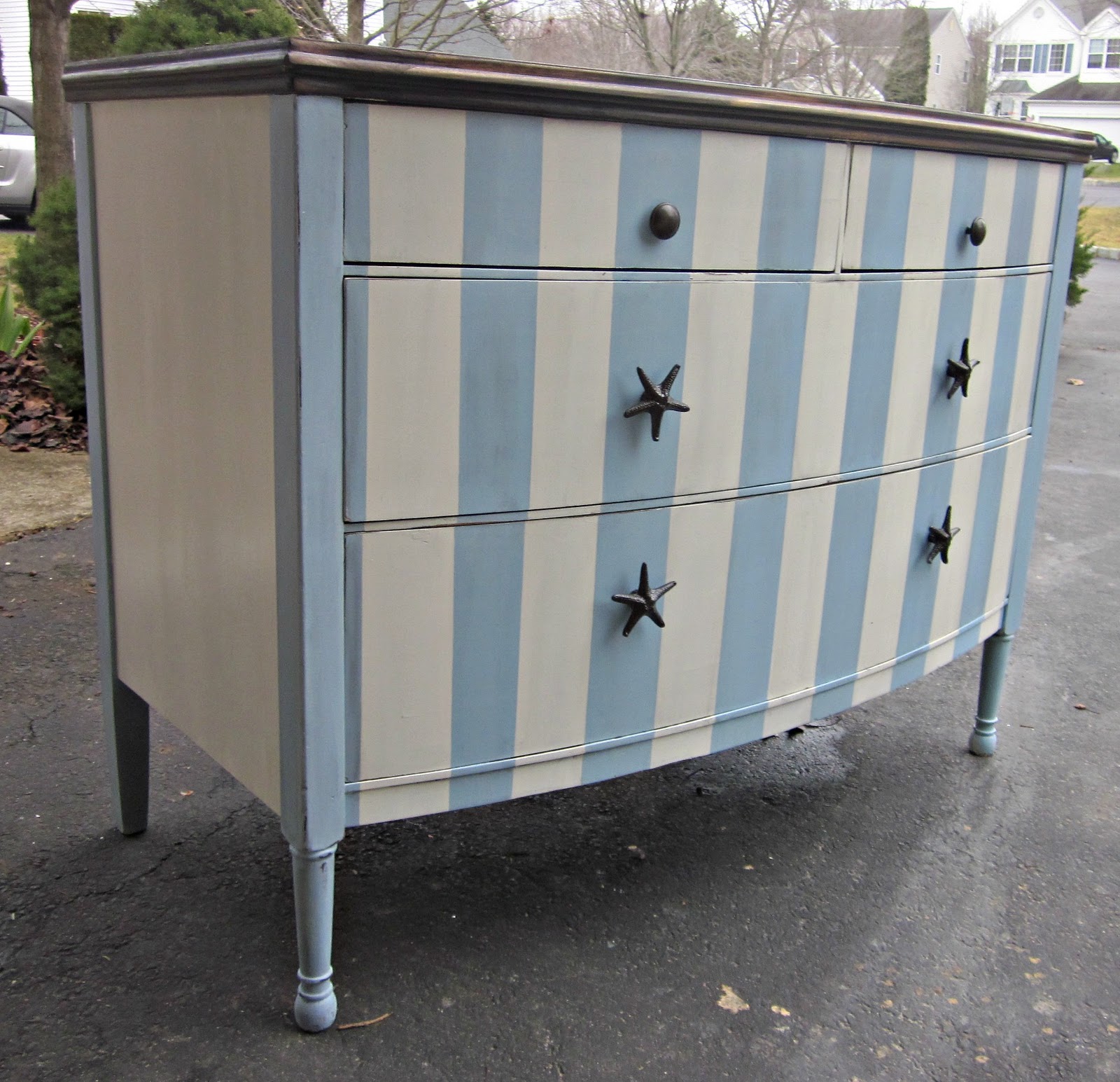
With such indicators of the external environment, drying of painted wood will take from one and a half to two hours. If necessary, the process can be accelerated using hot air drying, which is supplied by the convection method.
How to care for painted furniture
Painted furniture fronts do not require much maintenance. You need to remember what you can't use categorically:
- all types of solvents;
- cleaning agents containing abrasives;
- hard sponges.
In order to clean the painted furniture from dust and dirt, any foaming detergents, wax polishes, and alcohol-containing products are suitable. The room where the painted furniture is located should not be too humid and hot.
It is not so difficult to restore furniture with your own hands, the main thing is to approach the process thoroughly. Based on the features of the furniture, where and how it is used and your wishes for the result, it will not be difficult to make a choice of paint. Then, following the recommendations, feel free to start implementing the plan.
Video: how and how can you repaint old furniture white?


